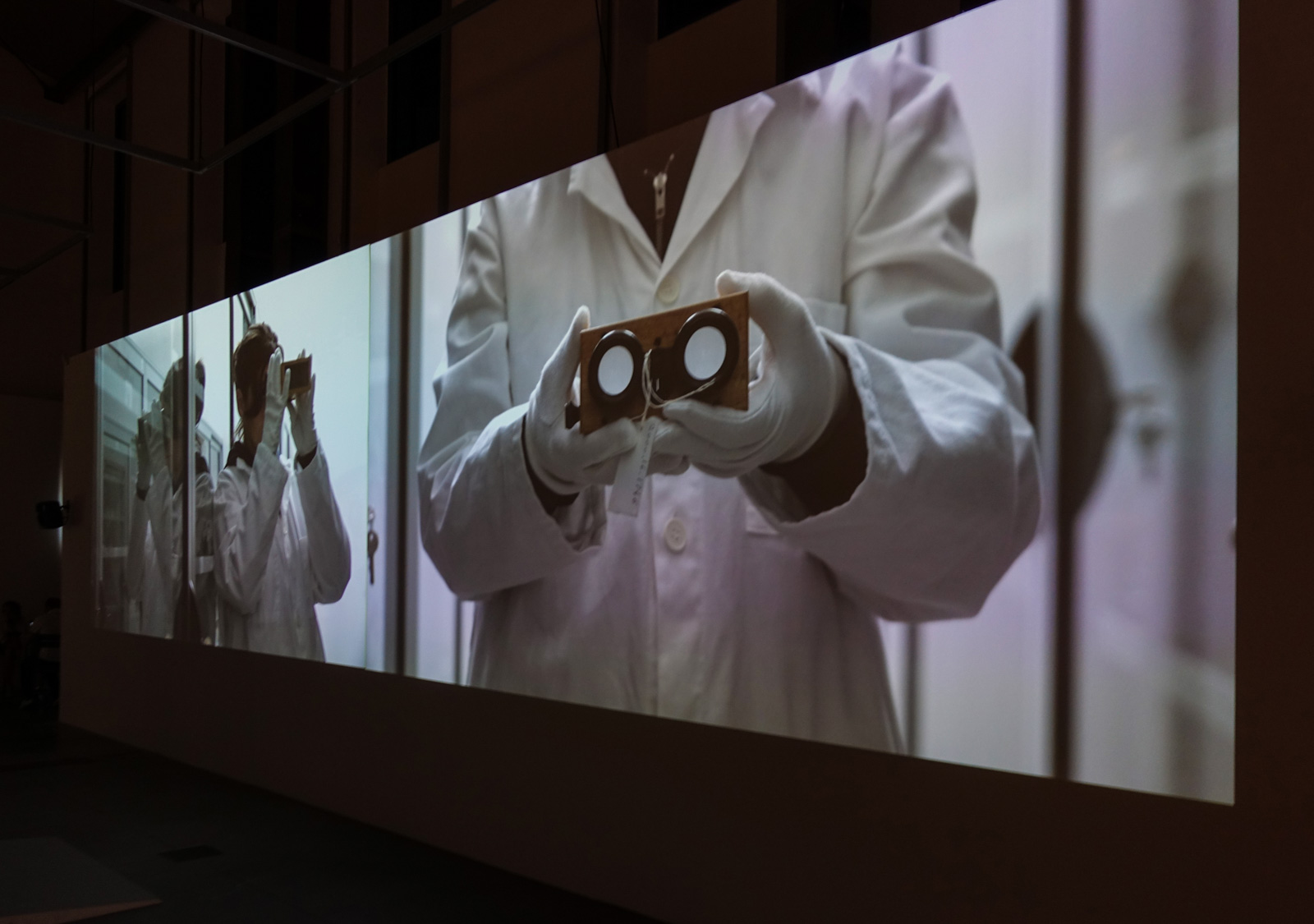The thematic focus of SB13 is grounded in the four keywords water, crops, earth and culinary, which form the foundations of social interaction and exchange. Just as the thematic keywords are porous and feed into one another, SB13 places researchers and interlocutors in conversation with one another, and with Sharjah. Its multi-city, multi-part programmes are envisaged as infrastructures to channel knowledge transmission and information sharing between artists, curators, editors, researchers and the general public. This fluidity of knowledge irrigates new, enduring terrains of collaboration and references the threefold meaning of Tamawuj: a rising and falling in waves; a flowing, swelling, surging or fluctuation; and a wavy, undulating appearance, outline or form.
Sharjah Art Foundation (SAF) is pleased to announce the list of over 60 artists participating in Act I of the forthcoming Sharjah Biennial 13, Tamawuj (SB13):
Noor Abuarafeh, Lawrence Abu Hamdan, Abbas Akhavan, Tamara Al Samerraei, Allora & Calzadilla, Maria Thereza Alves, Kader Attia, Tonico Lemos Auad, Ismaï l Bahri, Sarnath Banerjee, Yto Barrada, Abdelkader Benchamma, Ursula Biemann and Paulo Tavares, Dineo Seshee Bopape, Jonathas de Andrade, Mariana Castillo Deball, Roy Dib, Vikram Divecha, Barış Doğrusöz, Koo Donghee, İ nci Eviner, Em’kal Eyongakpa, Harun Farocki, Fehras Publishing Practices, Future Farmers, Daniele Genadry, Deniz Gul, Shadi Habib Allah, Taloi Havini, Takashi Ishida, İz Öztat and Fatma Belkıs Işık, Lamia Joreige, Christoph Keller, Samir Khaddaj, Mahmoud Khaled, Nesrine Khodr, Basim Magdy, Metahaven, Hind Mezaina, Mochu, Oscar Murillo, Joe Namy, Uriel Orlow, The Otolith Group, Christodoulos Panayiotou, Khalil Rabah, Raqs Media Collective, Stéphanie Saadé, Abdullah Al Saadi, Natascha Sadr Haghighian, Ghassan Salhab, Roy Samaha, Massinissa Selmani, Setareh Shahbazi, Nida Sinnokrot, Walid Siti, Monika Sosnowska, Zhou Tao, Mario Garcí a Torres, Jorinde Voigt, James Webb, Rain Wu and Eric Chen, Paola Yacoub, Fathi Zamroud
Sharjah Biennial 13 is curated by Christine Tohme
External Link →














